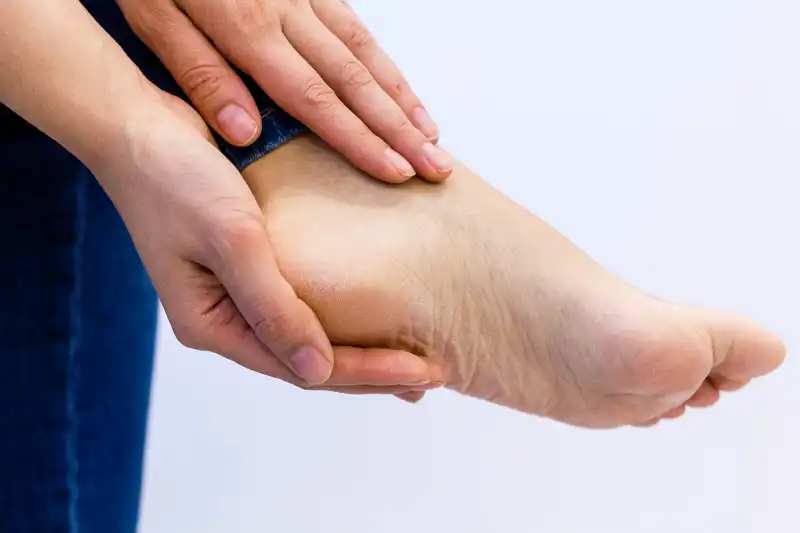Arthritis

What is Arthritis?
Arthritis is a term used to describe a group of diseases that affect the joints, the tissues that surround the joint, and other connective tissues. Characterized primarily by joint pain and stiffness, it is one of the most prevalent chronic health conditions and a leading cause of disability.
There are more than 100 types of arthritis, each with different causes and treatment methods. Two of the most common types are osteoarthritis (OA) and rheumatoid arthritis (RA):
- Osteoarthritis: The most common form, OA occurs when the protective cartilage that cushions the ends of the bones wears down over time, leading to pain, swelling, and reduced motion in the affected joints.
- Rheumatoid Arthritis: An autoimmune disorder, RA occurs when the immune system mistakenly attacks the joints, starting with the lining of joints, leading to inflammation, pain, and eventually joint deformity.
What are Signs & Symptoms of Arthritis?
Signs and symptoms of arthritis in the foot and ankle include:
- Joint Pain
- Stiffness
- Swelling
- Tenderness
- Reduced Range of Motion
- Difficulty Walking or Weight Bearing
- Joint Deformity
- Warmth or Redness in the Affected Area

Arthritis is a complex family of musculoskeletal disorders with varied causes and treatments. Early diagnosis and appropriate management can help control the pain and disability associated with arthritis. Treatments might involve a combination of medication, physical therapies, lifestyle changes, and sometimes surgery, depending on the specific type of arthritis and the patient’s individual needs.
What are some Treatment Options for Arthritis?
Arthritis in the foot and ankle can significantly impact mobility and quality of life. Fortunately, there are several treatment options available that aim to reduce pain, improve function, and slow the progression of the disease. These treatments range from non-invasive methods like medication and physical therapy to more advanced options such as surgery. The choice of treatment depends on the severity of the arthritis, the specific joints affected, and the individual’s overall health and lifestyle. Here’s a concise list of these options:
If you’re experiencing symptoms of an ankle sprain, it’s essential to seek professional medical advice for an accurate diagnosis and effective treatment plan.
At Wayne Foot & Ankle Center, Dr. Calligaro and our team are dedicated to providing expert care tailored to your specific needs. Remember, while this information is helpful for understanding general treatment options, it should not be taken as medical advice. Every injury is unique, and proper care requires a personalized approach. Contact us to schedule an appointment with Dr. Calligaro and ensure your ankle receives the best possible care.




